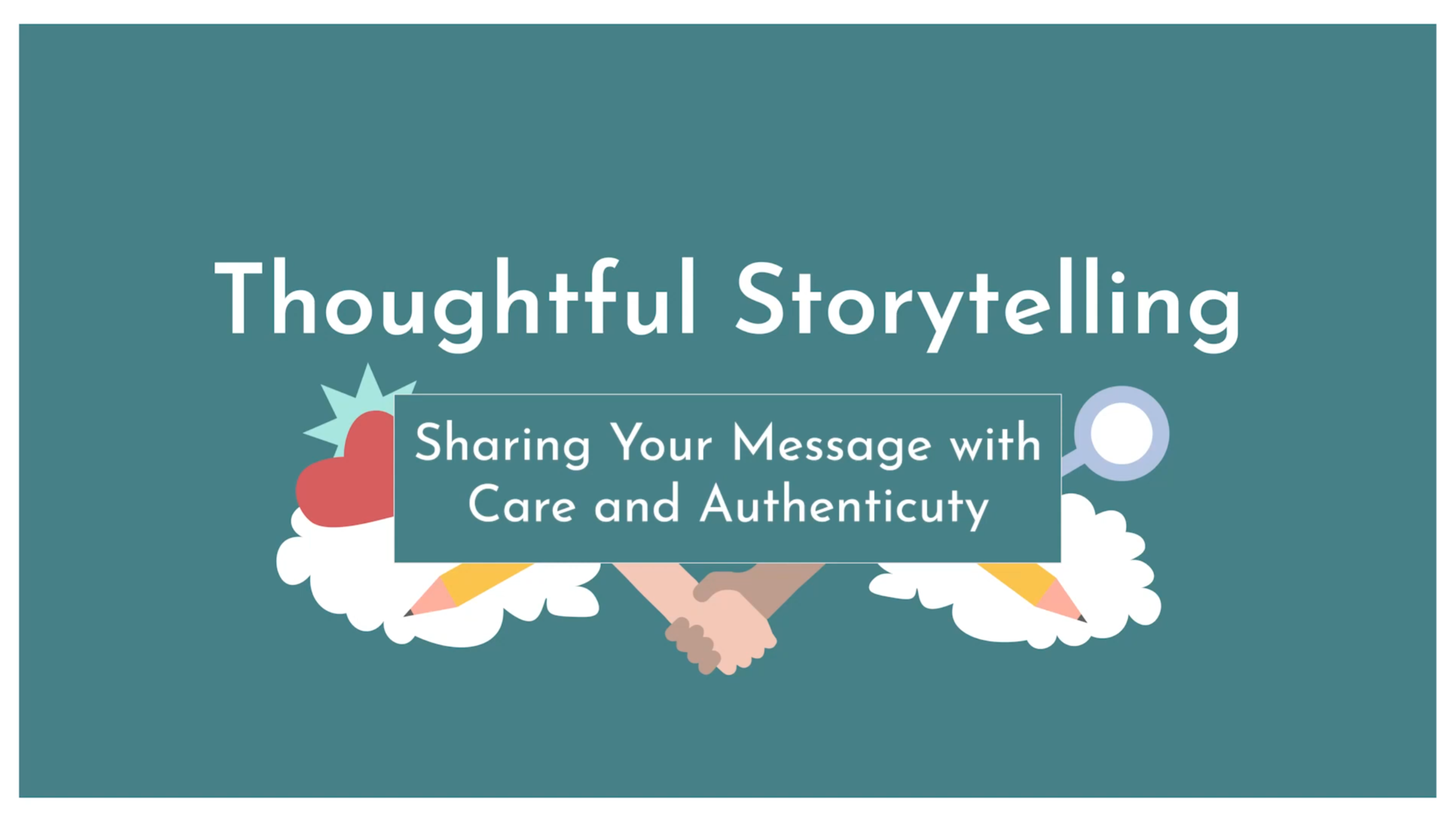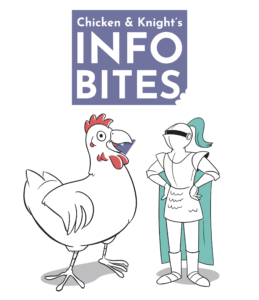
When we tell authentic stories, we have the power to reflect on – and even change – our reality. Which is why we owe each other integrity in our storytelling… no matter what kind of story we’re telling.
We recently led a webinar for our clients called “Thoughtful Storytelling – Sharing Your Message with Care and Authenticity.” While we can’t fit the whole hour-long presentation into this blog post, we did want to share some of the highlights. After all, condensing a lot of information into a more easily digestible format is what we do!
WHAT IS STORYTELLING?
It’s how we communicate. When you want someone to feel something, or do something, you tell them a story. It can be persuasive, playful, sad, anything.
We are all storytellers. Whether training team members to use a new tool, sharing your mission, vision, and values internally and externally, or explaining what your data means and why it matters, we all tell stories every day.
WHY DOES THOUGHTFUL STORYTELLING MATTER?
Media matters. We all spend a lot of time on the internet. Here at Next Day Animations, we’re always looking for the impact our stories have. Yes, we look at how many likes and shares a video gets, how it benefits our company or our client’s business, and how it impacts the bottom line. But we also like to ask, “Who and what else is impacted by this explainer video? By our business practices?”
Part of our responsibility as storytellers is to make sure that stories are told ethically.
THE FOUR ELEMENTS OF THOUGHTFUL STORYTELLING
Our company values double as components of thoughtful, ethical storytelling – handy, no?
Clarity – Defining your mission by asking important clarifying questions
These are questions we like to ask at the beginning of a video-making process, and revisit as needed.
- What’s the story about?
- What is the goal of telling this story? You might want to rally support, educate, inform, etc.
- Who is your audience? What will they already know about this story? What might they need to know?
- How do you best tell this story to them specifically? What’s the emotional angle?
→ Pro Tip: Involve people from the community or group that the story is about in the telling – i.e. consult electricians about your video explaining a new light fixture; have American Indian and Alaska Native people double check the visual cultural references in an explainer video aimed at AI/AN communities.
Authenticity – Examining our lived experiences to tell stories with heart
Questions to consider for maximum authenticity:
- What lived experiences do we (NDA) bring to this story? What do you (client) bring to it? Your audience?
- Who is the story about? How will the subject of the story benefit or be impacted by you telling it?
- What assumptions are being made? What are we doing to safeguard against or mitigate unconscious bias showing up in this story?
→ Pro tip: Invite the viewer to be a part of the context of the story, rather than the victim or the savior.
→ Pro tip: Remember that the storytellers are a part of the story. We all are connected to the stories we tell, and that connection can add credibility and authenticity to a story, or it can add preconceptions and misperceptions.
Partnership – Relying on Each Other to Make Something Awesome
Together, we celebrate and honor the voice at the core of the story. We partner with you, and you partner with your audience. We support our clients by continuing to center clarity and authenticity throughout the process.
When scripting and choosing voiceover artists we also deepen the conversation by asking:
- What voice is telling this story?
- Can we find a voiceover artist who embodies the subject of your story?
- How do you involve people in telling their own stories?
You can apply these questions to any marketing and internal communications projects.
Inventiveness – Finding the place where a thoughtful story meets an aesthetically pleasing, succinctly scripted work of art!
Ponder these questions – while they are tailored to animated explainer videos, they also apply to web pages, brochures, really any type of communication that involves images:
- What animation style are you using? How does it represent identity and body type?
- What other visual ideas does your story reference? Who are artists or designers that inspire it? Where does it take place?
Check out our Style Reel for some inspiration!
THOUGHTFUL STORYTELLING IN ACTION
Check out our Thoughtful Storytelling YouTube playlist to see our storytelling philosophy in action!
Thanks for reading and for being thoughtful about your storytelling. It truly does make a world of difference. And, if we go public with this webinar thing, you’ll be the first to know.



